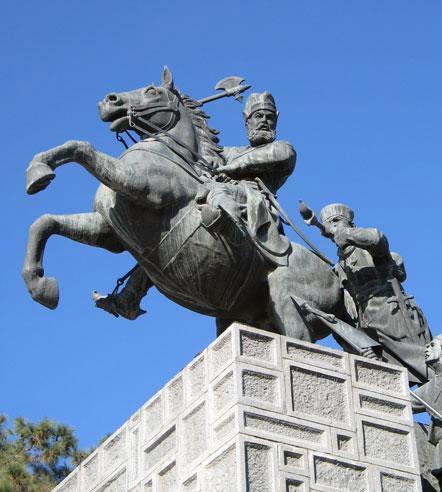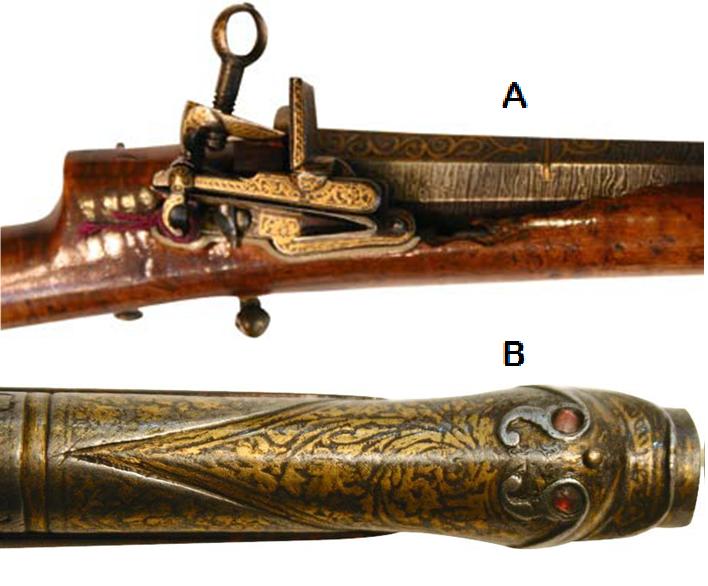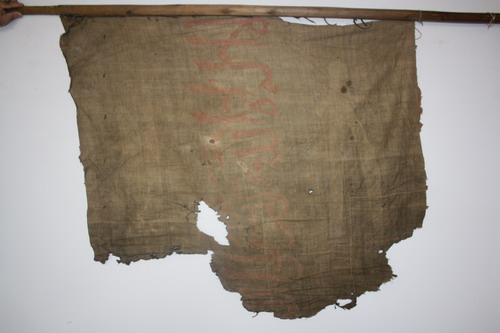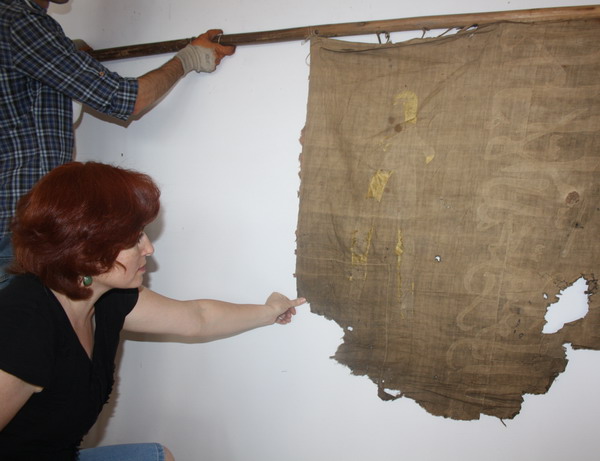Nader Shah, was one of post-Islamic Iran’s most brilliant military leaders.
Nader’s reign over Iran lasted just barely over a decade in 1736-47. Rising from humble origins among Iran’s Afshar tribes, Nader distinguished himself with a meteoric military career which not only rescued Iran from certain fragmentation, but also inflicted crushing military defeats upon the Afghans, Ottomans and Mughuls. At the zenith of Nader’s military career, Iran’s sway extended over northern India, segments of Central Asia, and much of the Caucasus. Even imperial Russia decided against testing the mettle of the armies of Nader Shah and his genius at military leadership. The Russians evacuated Iranian territories that had been occupied by Peter the Great (1672-1725) in Iran’s north and the Caucasus following the fall of the Safavids in 1722. The area where Nader faced constant military challenges was the Lezghian region. Nader’s brother, Ibrahim-Qoli, lost his life battling the Lezghians. It is in this context where a number of Iranian army banners from Nader Shah’s legions have been discovered in the Caucasus. In a sense, these discoveries are nothing new as the items had been stored in Georgian archives and tabulated as far back as the 1920s, however these had gone virtually unnoticed by mainstream scholarship. The Georgian National Museum has now made significant efforts to display these for the benefit of knowledge, historiography and mainstream scholarship. This information was forwarded to Kavehfarrokh.com by Guseyn Guseynov. Nader Shah launched a number of punitive expeditions in 1741-1743 into Daghestan against the Lezghians in retaliation for his brother’s death. Unlike his previous brilliant successes against mighty opponents such as the Ottomans, Nader’s campaigns against the Lezghians proved inconclusive.
 [Click to Enlarge] Flintlock muskets were introduced into Iran during the Afšārid period. Iranian-built flintlock musket of the Afsharid- Qajar type [A] and the barrel of an Iranian flintlock shaped like a dragon’s head with two red stones serving as the “eyes” of that dragon! [B] (Picture Source: Khorasani, Manouchehr, Mosthagh (2009), Pistols and Gun Accessories in Iran. Classic Arms and Militaria, pp. 23-24).
[Click to Enlarge] Flintlock muskets were introduced into Iran during the Afšārid period. Iranian-built flintlock musket of the Afsharid- Qajar type [A] and the barrel of an Iranian flintlock shaped like a dragon’s head with two red stones serving as the “eyes” of that dragon! [B] (Picture Source: Khorasani, Manouchehr, Mosthagh (2009), Pistols and Gun Accessories in Iran. Classic Arms and Militaria, pp. 23-24). One of the banners from Nader Shah’s armies discovered in the Daghestan region and housed in the National Museum of Georgia (reported by Russian-language website: Gazavat). These had been captured by Lezghian fighters in the Daghestan region of the Caucasus in 1741.
One of the banners from Nader Shah’s armies discovered in the Daghestan region and housed in the National Museum of Georgia (reported by Russian-language website: Gazavat). These had been captured by Lezghian fighters in the Daghestan region of the Caucasus in 1741.
 Another banner from Nader Shah’s armies in the Daghestan region on display by the National Museum of Georgia (reported by Russian-language website: Gazavat).
Another banner from Nader Shah’s armies in the Daghestan region on display by the National Museum of Georgia (reported by Russian-language website: Gazavat).



